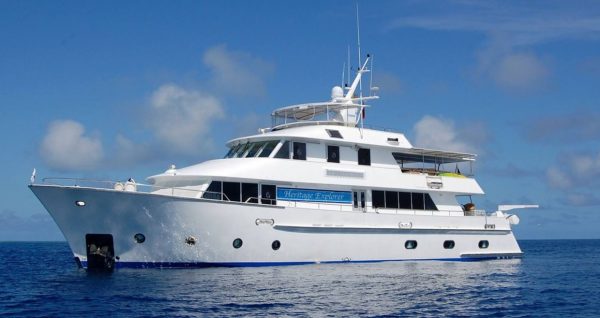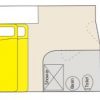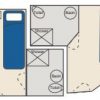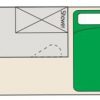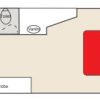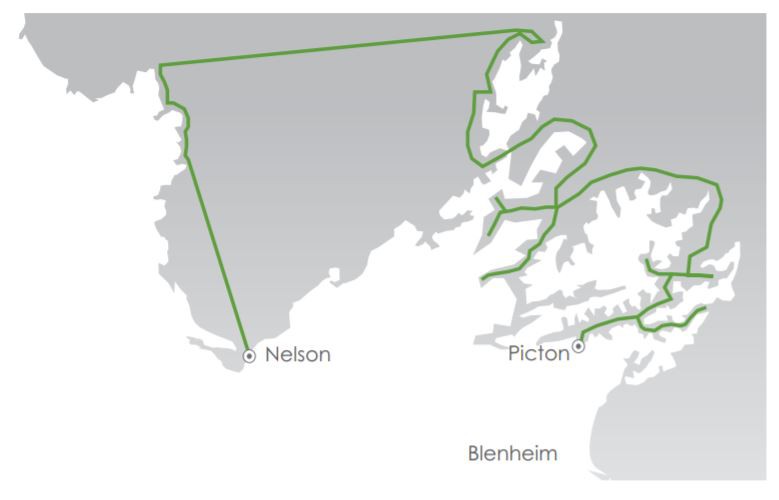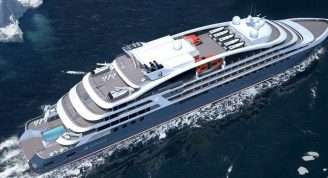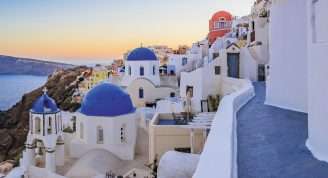Description
Explore the hidden coves, beaches, tranquil waterways, wildlife and rich history of the top of New Zealand’s South Island on this unforgettable 9-day adventure. This unique expedition cruise of Queen Charlotte and Pelorus Sounds, French Pass and d’Urville Island, and Abel Tasman National Park offers an unparalleled exploration of the breath-taking beauty of their winding cobalt waterways, iconic landscapes, lush native forests, wildlife, gold sand beaches and remote coastlines. These regions are also rich in early New Zealand history and the location of some of the country’s most important conservation efforts.
Formed by a system of submerged valleys carved out following the last ice age around 10,000 years ago, the scenic playground of Marlborough Sounds encompasses some 1,500-kilometres of forested coastline, sheltered inlets and bays awaiting exploration, many only accessible by sea. The union of three main bodies of water – Queen Charlotte, Kenepuru and Pelorus Sounds – Marlborough Sounds has more than 50 Department of Conservation managed reserves and several predatorfree wildlife sanctuaries.
Just 500 treacherous metres from the mainland, d’Urville Island was named after French admiral Jules Sebastian Cesar Dumont d’Urville and his ill fated passage of the infamous French Pass in January 1827.
After several near misses while seeking passage inside the island, he came close to losing his ship Astrolabe after hitting the reef. Now a conservation reserve, it is one of the last strongholds of the critically endangered Long-tailed Bat and provides a respite for the world’s rarest shag – the King Shag – and several species of rare birds and geckos.
This expedition also includes an exploration of the beautiful maritime landscape of Abel Tasman National Park, New Zealand’s smallest national park, its waters home to New Zealand Fur Seals and Little Blue Penguins.


